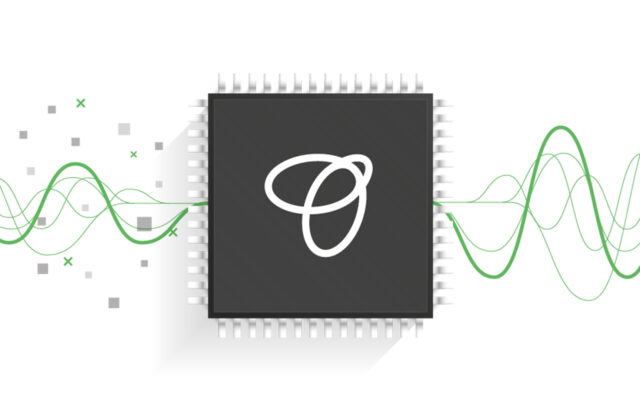Kandou Resolves Today’s Chip Interconnect Performance/Power Bottleneck for Mobile and Networking Applications
Company Announces New Chord™ signaling technology at ISSCC that delivers 2-4X bandwidth improvement and half the power of conventional chip-to-chip links. SAN FRANCISCO, February 10, 2014 – Kandou Bus has announced that the first implementation of its breakthrough high-performance, low-power link technology will be introduced at the 2014 International Solid-State…

Company Announces New Chord™ signaling technology at ISSCC that delivers 2-4X bandwidth improvement and half the power of conventional chip-to-chip links.
SAN FRANCISCO, February 10, 2014 – Kandou Bus has announced that the first implementation of its breakthrough high-performance, low-power link technology will be introduced at the 2014 International Solid-State Circuits Conference (ISSCC). In both a technology demonstration and a paper presentation at the conference by Kandou founder and CEO Amin Shokrollahi,
Kandou will detail its innovative coding-based signal interface, which significantly outperforms existing IO solutions.
Shokrollahi leveraged his extensive background in coding-based signaling in the development of the Kandou Chord signaling solution. As Chief Scientist of Digital Fountain, which was acquired by Qualcomm in 2009, he invented Raptor codes that have since been standardized in almost all modern communication systems. He has also been recognized multiple times as an IEEE Fellow including receiving the IEEE Hamming Medal in 2012. When he first began analyzing chip interconnect technologies he was surprised to learn that coding-based signaling had not extended beyond differential links, a very simple “code” on only two wires. Further research revealed that traditional copper interconnect interfaces like memory links or SerDes using NRZ or PAM-4 are reaching their technical limits.
The push for longer battery life, improved graphics and faster downloads in electronic systems has highlighted a critical issue: today’s chip-to-chip interfaces are a growing bottleneck,” said Shokrollahi. “System architects and chip designers are having to make sub-optimal bandwidth and power trade offs that are affecting products from cell phones to servers. Chord signaling can extend the life of copper for several generations while delivering unprecedented and sustainable link bandwidth improvements and lower power consumption.
Bandwidth and power challenges for next-generation links are being addressed by the industry’s leading standards organizations such as OIF, IEEE and JEDEC. Kandou advocates for industry standards, contributing its technology and support via membership and board positions within these organizations.
Chord Signaling Offers Significant System-level Architecture Possibilities
The core of Kandou’s innovative technology is a novel signaling method called Chord signaling in which correlated signals are sent across more than two wires. Bandwidth can be increased by a factor of 2-4X and power can be reduced by 50 percent or more which allows for improved board, pin and silicon area efficiency as compared to existing technologies. The approach also delivers excellent signal integrity with both strong resistance to common-mode noise and a reduction in simultaneous switching noise.
To fully realize the benefits of Chord signaling Kandou has developed proprietary circuits and architectures for all parts of the transmission chain including drivers, receivers, equalizers, CDR units, skew detection/mitigation, and support for legacy modes. Additional circuitry has been developed to realize the benefits of Chord signaling on existing PCBs on which the wires are not routed together.
Applications of Chord signaling range from TSVs for stacked memory to interposers to switch and server backplane interfaces. Chord signaling is also easily adaptable to the unique requirements of virtually any chip-to-chip interface.
ISSCC Details
A silicon demonstration of one of Kandou’s Chord signaling technologies will take place during ISSCC’s Demonstration Session on Monday evening at the San Francisco Marriott Marquis. On Wednesday afternoon, Kandou founder and CEO Amin Shokrollahi will present the Kandou paper titled, “A Pin and Power Efficient Low Latency 8-12Gb/s/wire 8b8w-coded SerDes Link for High Loss Channels in 40nm Technology.”
The complete ISSCC program can be found at www.isscc.org.


